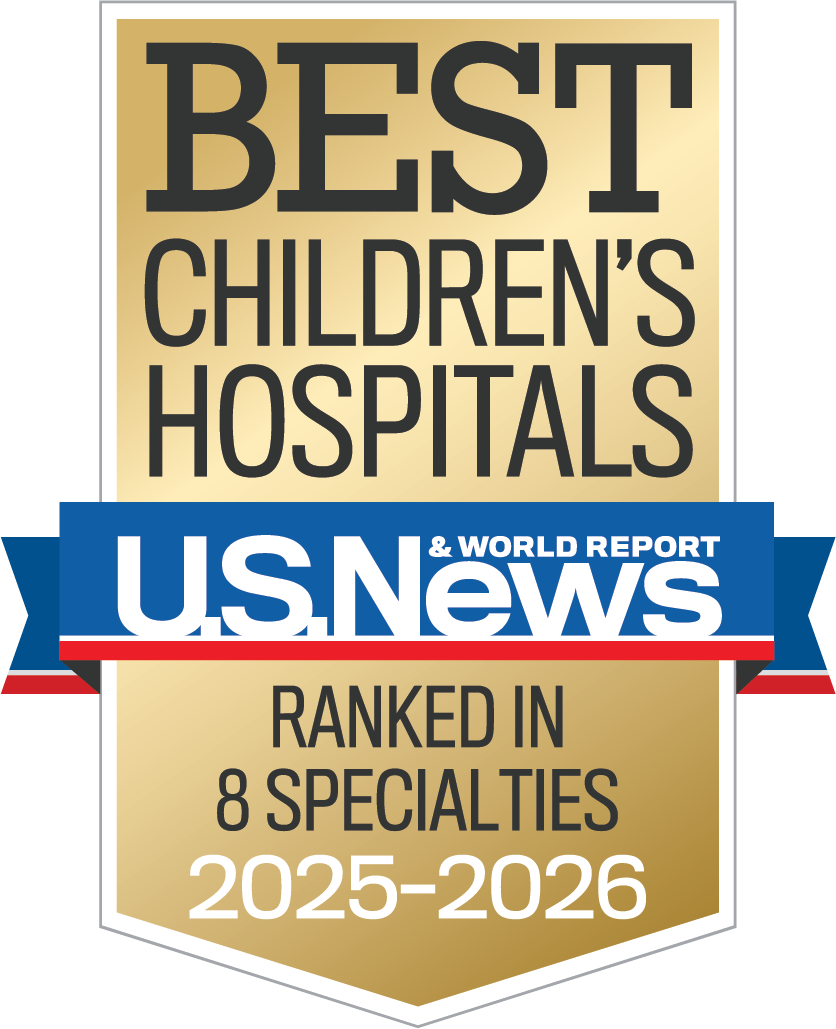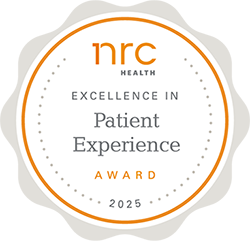Contaminated Heater-Cooler Devices
The Centers for Disease Control and Prevention (CDC) and Food and Drug Administration (FDA) are investigating reports that devices used to heat and cool the blood during open-heart surgery have been linked to a potential contamination in the device’s manufacturing process. This contamination could cause a rare, but treatable, infection of Mycobacterium chimaera, a species of bacteria known as nontuberculous mycobacterium (NTM). Accordingly, hospitals across the country are notifying patients who had open-heart cardiac surgery of this potential infection risk.
FAQs
Q1. What is the situation?
A. The U.S. Centers for Disease Control and Prevention (CDC) has notified all hospitals of a potential exposure to bacteria in patients who have undergone open chest cardiac surgery using a heart/lung bypass machine. The bacteria have been linked to heater-cooler devices used during these surgical procedures.
Q2. What type of bacteria is involved?
A. The bacterium is called Nontuberculous Mycobacteria chimaera (M. Chimaera), or NTM. It grows slowly and is commonly found in soil and water, including tap water. It is usually not harmful to humans, and typically only rarely has caused infections in patients with weakened immune systems. However, patients who have had open-chest heart surgery with bypass may have become exposed to these bacteria during their procedure, and could be at risk of infection.
Q3. What is the risk of infection?
A. Overall, the risk is thought to be very low. For patients who have had one of these surgeries, the chances of getting this infection are very low. CDC estimates the risk to be less than 1 percent.
Q4. What if I had another type of heart surgery?
A. Patients who had other, less invasive heart procedures – such as stents, pacemakers, defibrillators and ablations – or minimally invasive cardiac surgery procedures such as transcatheter aortic valve replacement, or TAVR, are not at risk because the heater-cooler device is not used for these procedures.
Q5. What are the symptoms of an NTM infection?
A. Symptoms of an NTM infection include:
- night sweats
- muscle aches
- weight loss
- fatigue
- unexplained fever
These symptoms are not specific for NTM and can be due to many other causes, but NTM should be considered if you had possible exposure from open-heart surgery. NTM infection may take a long time to develop after potential exposure – from a few weeks up to four years. Therefore, those who may have been exposed to NTM should continue to look for symptoms and see their clinician for further evaluation if any develop.
Q6. Is this infection treatable?
A. Yes, there are effective antibiotic treatments available for this infection.
Q7. If I have been exposed or develop an NTM infection, is my family at risk of getting the infection?
A. No, the bacteria cannot be spread to others from an infected patient. It is not contagious. Also, it is important to keep in mind that NTM is common in soil and water but rarely makes healthy people sick.
Q8. Can I find out whether I’m infected?
A. If you do not have symptoms, you do not require testing. Because the bacterium grows slowly, it can take several months or years for symptoms of infection to develop. If you have or develop symptoms, it is important for your clinician to know in order to evaluate you and if needed arrange for additional testing.
Q9. How long does it usually take for these infections to show up?
A. NTM are slow-growing bacteria and infections may take months to develop. Cases associated with this device have been diagnosed within months and up to several years after an open-heart surgery involving heater-cooler unit exposure.
Q10. Should everyone who was exposed to these devices during open-heart surgery receive antibiotics just in case?
A. The risk that patients will develop an infection following exposure to a contaminated heater-cooler unit is very low. There is also no evidence that giving antibiotics just prior or during surgery with a potentially contaminated heater-cooler device will prevent infection. Although antibiotics can be life-saving drugs, there is no antibiotic treatment available to ward off this specific infection and antibiotics are also not without risk themselves. Antibiotics put patients at risk for allergic reactions and a potentially deadly diarrheal infection caused by the bacteria Clostridium difficile. Antibiotic use is also a key driver of antibiotic resistance, which can put patients at risk for antibiotic-resistant infections later.
Q11. How long does it take to find out if an infection is being caused by NTM?
A. M. chimaera is a slow-growing species of NTM that can take eight weeks and sometimes longer to grow and allow final identification.
Q12. What is a heater-cooler device and how might it be related to this problem?
A. A heater-cooler device is used during open-heart surgeries to warm or cool a patient’s blood as part of their usual surgical care. It is never in direct contact with the patient or the patient’s blood. There is a water reservoir inside the device. NTM can grow in the water in heater-cooler devices. During use, some of the water evaporates and enters the air in the operating room. It is believed that the NTM bacteria may be put in to the air by the heater-cooler device, and can then possibly enter the patient’s open chest during the procedure.
Q13. How do you think the devices got contaminated?
A. NTM is common in water and soil. Recent CDC findings are consistent with previous reports suggesting that the heater-cooler units were contaminated during production. Testing conducted by the manufacturer in August of 2014 found M. chimaera contamination on the production line and water supply at the 3T manufacturing facility in Germany.
Q14. What do I need to do now?
A. We understand that you and your family may have additional questions or concerns regarding this matter. To help answer them, we have established a hotline at 205-638-2895. You may also obtain additional information and a letter of explanation below.










